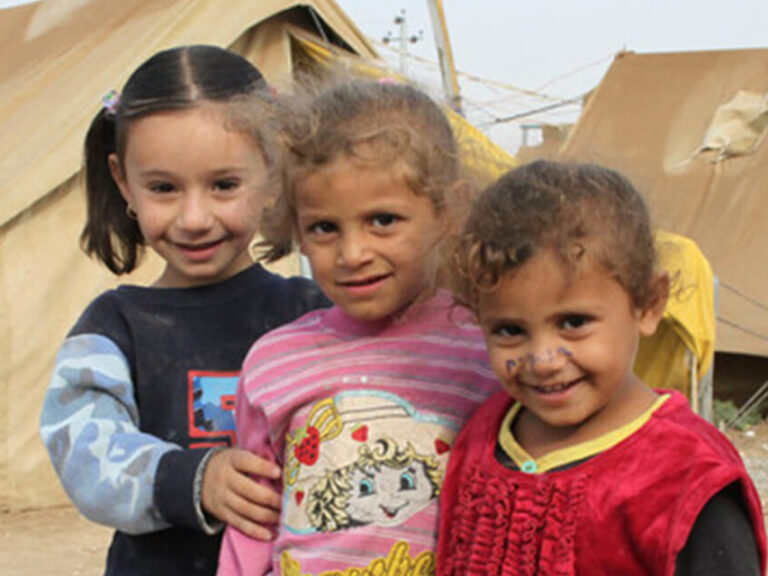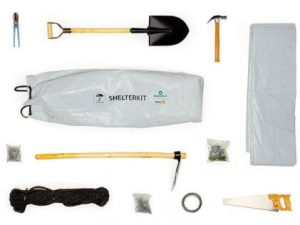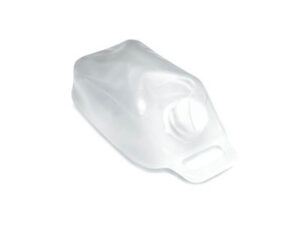About the conflict in Iraq
Years of internal conflict have caused heartbreak for families in Iraq. The conflict had started back in 2003 and, since then, millions have been forced to flee in search of safer grounds.
Learn more about what happened, key facts and numbers, and how we responded.
What happened in Iraq?
The US-led invasion to remove Saddam Hussein left behind a climate of political instability, which in turn, led to the rise of so-called Islamic State (ISIS).
Today, Iraq is still living with the legacy of destruction and division from these events.
Although the military operation to drive out Islamic State officially ended in 2017, sporadic fighting continues today.
Families have lost sons and daughters, fathers and mothers, brothers and sisters. It will take years to rebuild what they lost.
For many, the only option was to escape. Around one million people are thought to have left Mosul and the surrounding areas since the battle to reclaim the city started.
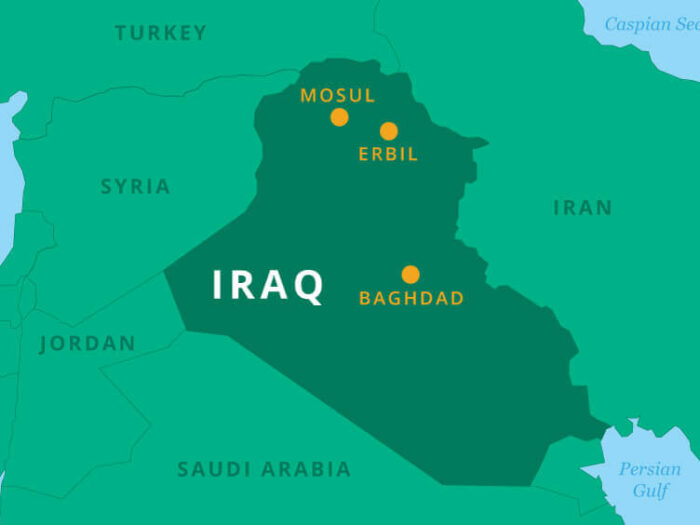
Key facts and numbers
The situation in Iraq has had a devastating impact on families’ livelihoods, with many of them having no other choice but to flee the violence and instability.
- Since 2014, 6 million people have been forced to flee their homes in search of a safer place.
- 2.6 million still haven’t been able to return home.
- 67,200 Iraqi refugees fled to neighbouring Jordan and 142,000 fled to Turkey.
Source: UNOCHA
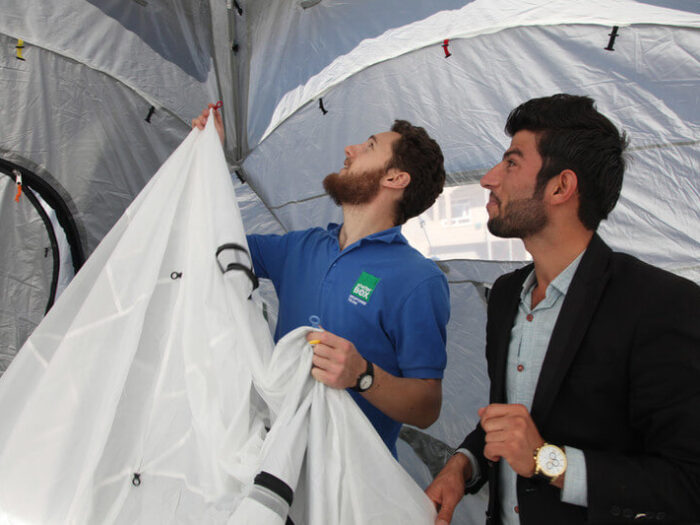
How did ShelterBox respond?
After the beginning of the government-led effort to claim back the city of Mosul in 2016, ShelterBox provided support to nearly 12,000 families with the help of our partners.
At the end of 2018, we completed our final distributions in northern Iraq, supporting families in areas that had previously been inaccessible.
These families had received very little help before our partner ACTED reached them. We supplied them with kits to repair damaged homes and make them waterproof and secure.
We also provided essential aid items like mattresses, water carriers, and solar lights.
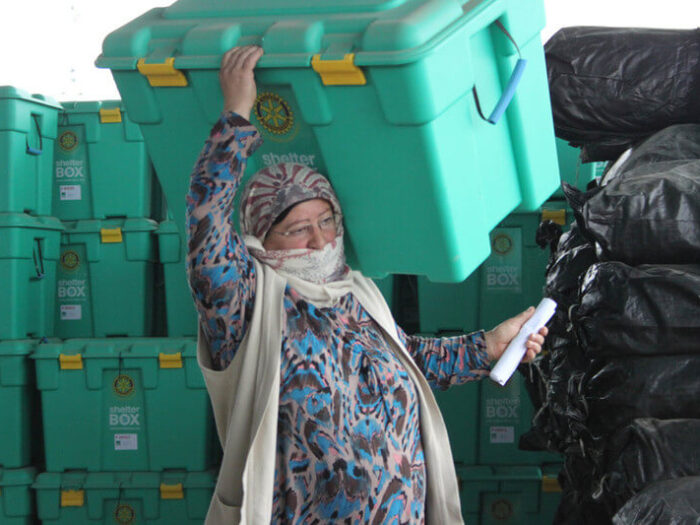
Supporting families with essential aid
From 2016 to 2018, we provided a range of essential aid items in Iraq. We tailored our aid to peoples’ needs as the situation on the ground changed.
Our aim was to ensure that families didn’t feel abandoned.
For our last response, our aid was designed to help families repair damaged buildings. We supplied additional tools such as wood and sealant to make shelters weatherproof.
We also provided essential aid items like mattresses, water carriers, and solar lights.
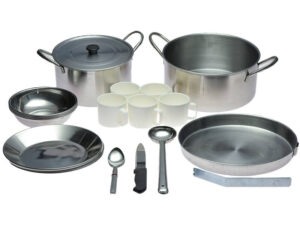
Kitchen sets
Cooking sets bring normality back to lives turned upside down by violence

